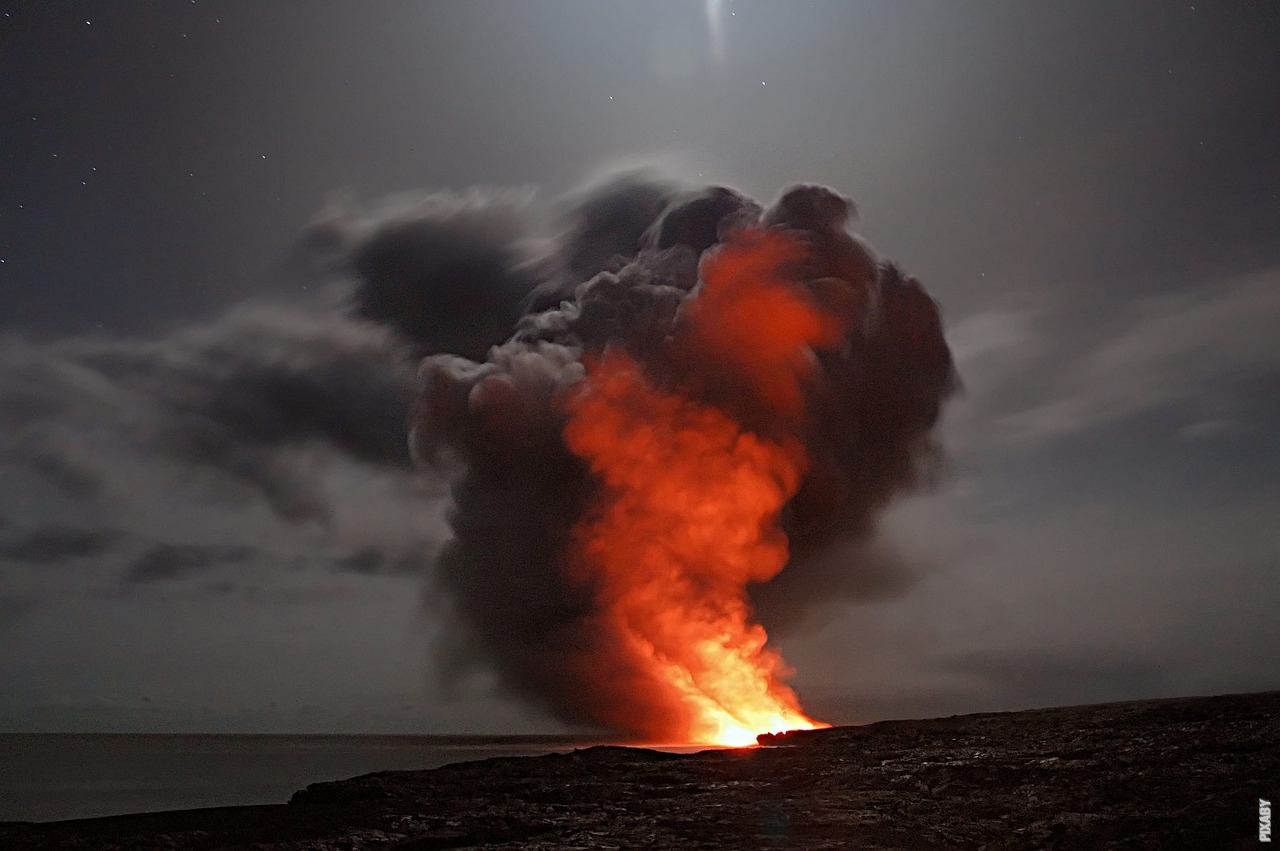The Mysteries of Volcanoes Unveiled
Volcanoes have always captivated the human imagination, with their fiery eruptions and majestic landscapes. But have you ever wondered why volcanoes occur only in specific locations? Join us on a journey to unravel the secrets of these geological wonders.
The Earth’s Fiery Heart
Deep within the Earth lies its fiery heart, the mantle. This superheated layer consists of molten rock called magma. Volcanoes arise when this magma finds its way to the surface through openings in the Earth’s crust, known as vents or fissures.
Tectonic Tug-of-War
One key factor in the formation of volcanoes is tectonic activity. The Earth’s lithosphere, the rigid outer shell made up of several large plates, is constantly moving. These plates can collide, pull apart, or slide against each other. It is at the boundaries of these tectonic plates that volcanoes are often born.
The Ring of Fire
One of the most famous volcanic regions is the Pacific Ring of Fire. This horseshoe-shaped area encompasses the coasts of several countries, including Japan, the Philippines, and Chile. The Ring of Fire is a result of intense tectonic activity along the boundaries of the Pacific Plate. Here, volcanic eruptions and earthquakes are a common occurrence.
Hot Spots: Nature’s Blowtorches
While tectonic activity plays a significant role in volcanic formations, there are exceptions to this rule. Hot spots are areas where molten rock rises from deep within the mantle, creating volcanic activity far from tectonic plate boundaries. One such example is the Hawaiian Islands, which are formed by a hot spot beneath the Pacific Plate. As the plate moves over the stationary hot spot, a chain of volcanoes is formed, with the youngest volcano being the most active.
Post
Post
The Influence of Subduction
Another volcano-forming phenomenon occurs at subduction zones. When one tectonic plate slides beneath another, it is forced deep into the Earth’s mantle. As the descending plate heats up, it releases water and other volatile substances, causing the overlying mantle to melt. This molten material then rises to the surface, giving birth to explosive volcanoes such as those found in the Andes region.
The Unique Beauty of Volcanic Landscapes
Volcanoes not only shape the Earth’s surface but also create breathtaking landscapes. From the snow-capped peak of Mount Fuji to the rugged terrain of Iceland’s volcanoes, these natural wonders attract adventurers and scientists alike. Volcanic activity enriches the soil, making it fertile for agriculture and leading to the formation of lush ecosystems.
Conclusion
While the exact mechanisms behind volcanic activity are still being studied, it is clear that these geological wonders are a result of the complex interplay between tectonic forces and the Earth’s internal heat. Understanding the formation of volcanoes not only helps us appreciate their beauty but also provides valuable insights into the dynamic nature of our planet.



